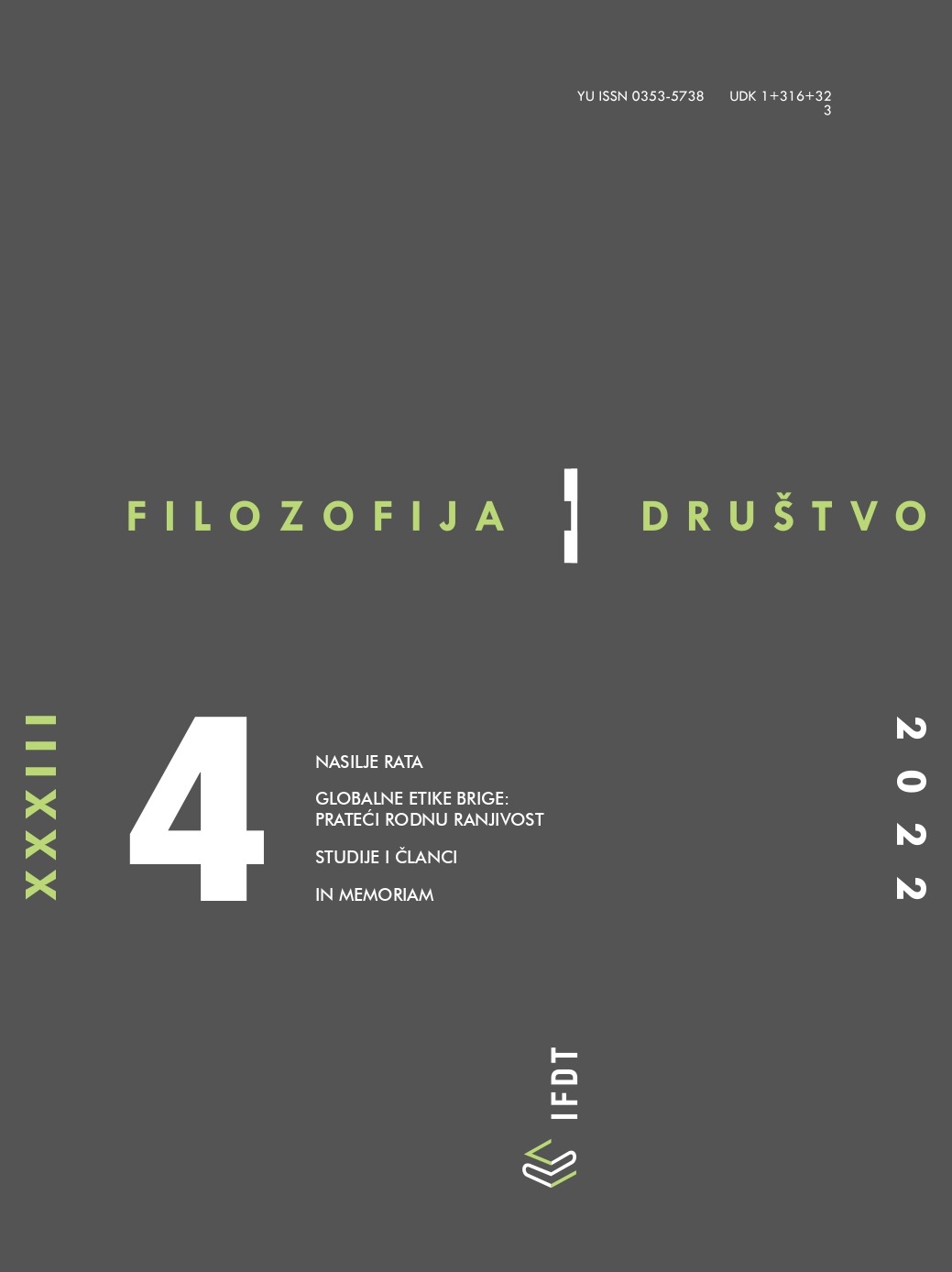
Weirdness, Feel-Bad and New Extremity in Contemporary European Film: the Examples of Greece, Austria, France and Romania
In this paper, I approach the question of the use of provocation based on elements like nakedness, sex, violence and weirdness in a number of contemporary films from Greece, Austria and Romania and compare them to the use of provocative elements in the New French Extremity wave. Indeed, these films seem to share the aim to create a feeling of discomfort in the viewer, and have therefore been labeled as The Greek Weird Wave (Rose 2011), Austrian feel-bad film (Lim 2006) and the New French Extremity (Quandt 2004). Romanian cinema after 2001 has only the label of “Romanian New Wave” or “New Romanian Cinema”, but has similar characteristics, both thematically and aesthetically, to the other cinemas mentioned here. Some such characteristics are “awkward dialogue, heightened background noise, sudden violence and emotional breakdown”, a “predilection for depicting the banal underbelly of society, which many filmmakers carefully dissect through strong formal agendas and unflinching hyperrealism”, or a “crossover between sexual decadence, bestial violence and troubling psychosis”.The aim of the use of provocation in this film cannot be easily established. Admittedly, allegorical interpretations in political directions are possible and relevant, whether those concern the financial breakdown (as in the Greek examples) or the difficult adaptation to neo-liberalism (as in the Romanian examples) or just the movement against the bourgeois society and neo-liberalism (as in the Austrian and French examples). But provocation cannot be reduced to these allegorical interpretations. Its use allows for aesthetic innovation, which is amalyzed here by a close reading of some case studies, such as Michael Haneke’s Funny Games (1997), Ulrich Seidl’s Dog Days (2001), Yorgos Lanthiomos’s Dogtooth (2009), Cristi Puiu’s The Death of Mr. Lăzărescu (2005) and Aurora (2010), Cristian Mungiu’s 3 Weeks and 2 Days (2007) and Călin Peter Netzer’s Cild’s Pose (2013). New French Extremity films are only discussed as background examples in order to compare the use of provocative elements.
More...












